Home>Furniture>Kitchen Furniture>What Causes A Sealed Bag Of Vegetables To Expand When It Is Heated In An Apex Microwave Oven
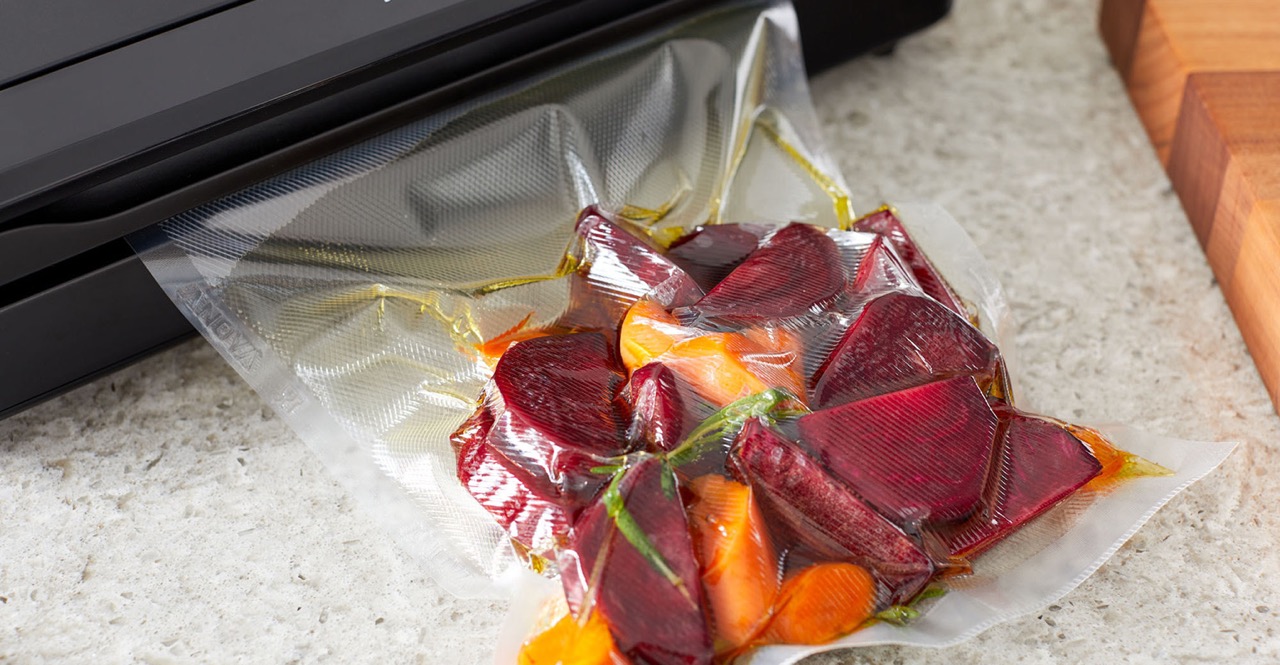

Kitchen Furniture
What Causes A Sealed Bag Of Vegetables To Expand When It Is Heated In An Apex Microwave Oven
Modified: August 16, 2024
Discover the reasons why a sealed bag of vegetables expands in a microwave oven. Explore informative articles on the topic and gain insights into the science behind this phenomenon.
(Many of the links in this article redirect to a specific reviewed product. Your purchase of these products through affiliate links helps to generate commission for Storables.com, at no extra cost. Learn more)
Introduction
Have you ever noticed that when you heat a sealed bag of vegetables in a microwave oven, it mysteriously expands? This peculiar phenomenon can often leave us wondering what causes it. In this article, we will delve into the science behind this intriguing occurrence and seek to unravel the mysteries of why a sealed bag of vegetables expands when exposed to microwave heat.
Before we deep dive into the explanation, let’s first understand the nature of sealed bags of vegetables and the immense convenience they offer in the realm of frozen food. These bags are specially designed to preserve the freshness and quality of the vegetables. They are sealed tightly to prevent any outside air or moisture from entering the bag, ensuring that the vegetables stay as fresh as the day they were picked.
Now, let’s shift our focus to microwave ovens and their remarkable ability to heat food quickly and efficiently. Microwaves generate electromagnetic waves that excite the water molecules present in the food, causing them to vibrate rapidly. This, in turn, generates heat, effectively cooking the food. However, when it comes to sealed bags of vegetables, things get a little more interesting.
Key Takeaways:
- When you heat a sealed bag of vegetables in a microwave, the water molecules in the vegetables convert into steam, leading to pressure buildup and bag expansion. It’s a fascinating interplay of science and convenience!
- Factors like moisture content, bag material, and cooking time influence the extent of bag expansion. Manufacturers consider these factors to ensure safe and effective sealed vegetable bags for microwave use.
Read more: How Long To Heat A Bean Bag In The Microwave
The Nature of Sealed Bags of Vegetables
Sealed bags of vegetables are a popular choice for many individuals because they offer a convenient and hassle-free way of storing and preparing frozen vegetables. These bags are typically made from a combination of plastic and other materials that provide a barrier against moisture and air. This helps preserve the quality and freshness of the vegetables for an extended period.
The sealing process employed to close these bags is remarkable. It ensures that no air or moisture can enter the bag, effectively creating a controlled environment for the vegetables. This is essential to maintain their texture, color, and nutritional content, as exposure to air and moisture can lead to spoilage and loss of quality.
Furthermore, these bags often come with a special valve mechanism that allows excess air and moisture to escape during the freezing process. The removal of excess air prevents the formation of ice crystals, which can cause the vegetables to lose their texture and taste. The valve also helps to maintain the proper moisture content inside the bag, ensuring that the vegetables stay crisp and flavorful.
It is worth noting that these bags undergo rigorous testing to meet safety standards and ensure that they are suitable for use in microwave ovens. They are designed to withstand the thermal stress caused by the microwave heat without melting or releasing harmful substances into the food.
Now that we understand the nature of sealed bags of vegetables, let’s explore how microwaves interact with these bags and the possible causes of bag expansion when heated in a microwave oven.
Microwaves and Their Effects
Microwaves are a type of electromagnetic radiation that operates at a frequency of around 2.45 GHz. When these microwaves are produced by the magnetron inside a microwave oven, they penetrate the food and rapidly excite the water molecules present within it. This excitation causes the water molecules to vibrate vigorously, which generates heat throughout the food.
Unlike traditional ovens that rely on conduction, microwaves heat food from the inside out. This allows for fast and even cooking, making microwave ovens a popular choice for quick and convenient meal preparation. However, when it comes to sealed bags of vegetables, the interaction between microwaves and the bag material becomes crucial.
As the microwaves penetrate the sealed bag, they interact with the plastic material and the water molecules present in the vegetables. The microwaves excite both the water molecules and the plastic molecules to some extent, leading to the generation of heat within the bag.
This heat generation can have interesting effects on the sealed bag of vegetables. One common result is the expansion of the bag. As the heat increases, the water molecules in the vegetables turn into steam. Since the sealed bag prevents the steam from escaping, it accumulates inside, causing pressure to build up. This pressure inside the bag leads to the bag expanding and becoming inflated.
When a sealed bag of vegetables expands in the microwave, it is due to the water inside the vegetables turning into steam and creating pressure. To prevent this, puncture the bag before heating to release the steam.
Explanation of the Phenomenon
The expansion of a sealed bag of vegetables in the microwave oven can be attributed to a combination of factors, including the heating of water molecules and the inability of steam to escape the bag. Let’s take a closer look at the process:
1. Heating of Water Molecules: Microwaves excite the water molecules present in the vegetables, causing them to vibrate rapidly and generate heat. As the temperature rises, the water molecules begin to convert into steam.
2. Steam Generation: The heat generated inside the sealed bag leads to the conversion of water molecules into steam. The steam then accumulates within the bag, as the sealed nature of the package prevents it from escaping into the surrounding environment.
3. Pressure Build-up: As more steam is produced and confined within the bag, pressure begins to build up. This pressure pushes against the walls of the bag, causing it to expand and become inflated.
4. Limited Escape Routes: Since the sealed bag prevents the steam from escaping, it has limited options for release. The pressure continues to increase until it reaches a point where the bag can no longer contain it, resulting in bag expansion.
It is important to note that the extent of bag expansion can vary depending on several factors, including the volume of vegetables, the moisture content, the type of bag material, and the duration of heating in the microwave oven. Additionally, some bags may have built-in vents or valves designed to release excess steam and prevent excessive expansion, therefore minimizing the phenomenon.
Now that we have explored the explanation behind the expansion of sealed bags of vegetables in the microwave oven, let’s delve into some possible causes of this intriguing phenomenon.
Possible Causes of Bag Expansion
There are several factors that can contribute to the expansion of a sealed bag of vegetables when heated in a microwave oven. Let’s explore some of the potential causes:
1. Moisture Content: The moisture content of the vegetables plays a significant role in bag expansion. Vegetables with higher water content are more likely to release more steam when heated, leading to increased pressure buildup inside the bag and subsequent expansion.
2. Bag Material: Different types of bag materials have varying levels of permeability. Some bags are designed to allow the release of excess steam, while others are more airtight. Bags with low permeability can trap the steam inside, causing more significant expansion compared to bags with higher permeability.
3. Cooking Time and Power: The duration and intensity of microwave heating can influence the extent of bag expansion. Longer cooking times and higher power settings can result in more steam generation, leading to increased pressure buildup and bag expansion.
4. Structural Integrity: The strength and integrity of the bag play a role in determining how much pressure it can withstand before expanding or bursting. Bags that are designed to withstand microwave heating have construction features that can better handle the pressure from steam buildup.
5. Initial Packaging: The packaging process of the vegetables can also impact bag expansion. If the vegetables were packed while warm, there may be residual moisture that can contribute to steam generation during microwave heating, further contributing to bag expansion.
While these are some potential causes of bag expansion, it is important to note that the exact mechanisms and interactions can vary depending on the specific brand, type of vegetables, and bag design. Manufacturers take into account these factors during the development and testing of their sealed vegetable bags to ensure safe and optimal performance in microwave ovens.
Now that we have explored the possible causes of bag expansion, let’s wrap up our discussion.
Read more: When Was Microwave Oven Invented
Conclusion
The expansion of a sealed bag of vegetables when heated in a microwave oven is an intriguing phenomenon that can be attributed to the generation of steam and pressure buildup. Microwaves excite the water molecules in the vegetables, causing them to convert into steam. As this steam accumulates inside the sealed bag, pressure builds up and leads to the bag expanding.
Several factors can influence the extent of bag expansion, including the moisture content of the vegetables, the permeability of the bag material, the cooking time and power, the structural integrity of the bag, and the initial packaging process.
While bag expansion may seem unusual, it is important to note that manufacturers take these factors into consideration when designing sealed bags for vegetables. These bags undergo testing to ensure that they can withstand the pressure and heat generated during microwave cooking, providing a safe and effective way to enjoy frozen vegetables.
Next time you heat a sealed bag of vegetables in the microwave and notice it expanding, you can appreciate the scientific explanation behind this intriguing phenomenon. So go ahead, enjoy the convenience and deliciousness of your microwaved vegetables, and marvel at the wonders of science at work!
Thank you for joining us on this exploration of the causes behind a sealed bag of vegetables expanding when heated in a microwave oven. We hope you found this article informative and engaging!
Frequently Asked Questions about What Causes A Sealed Bag Of Vegetables To Expand When It Is Heated In An Apex Microwave Oven
Was this page helpful?
At Storables.com, we guarantee accurate and reliable information. Our content, validated by Expert Board Contributors, is crafted following stringent Editorial Policies. We're committed to providing you with well-researched, expert-backed insights for all your informational needs.

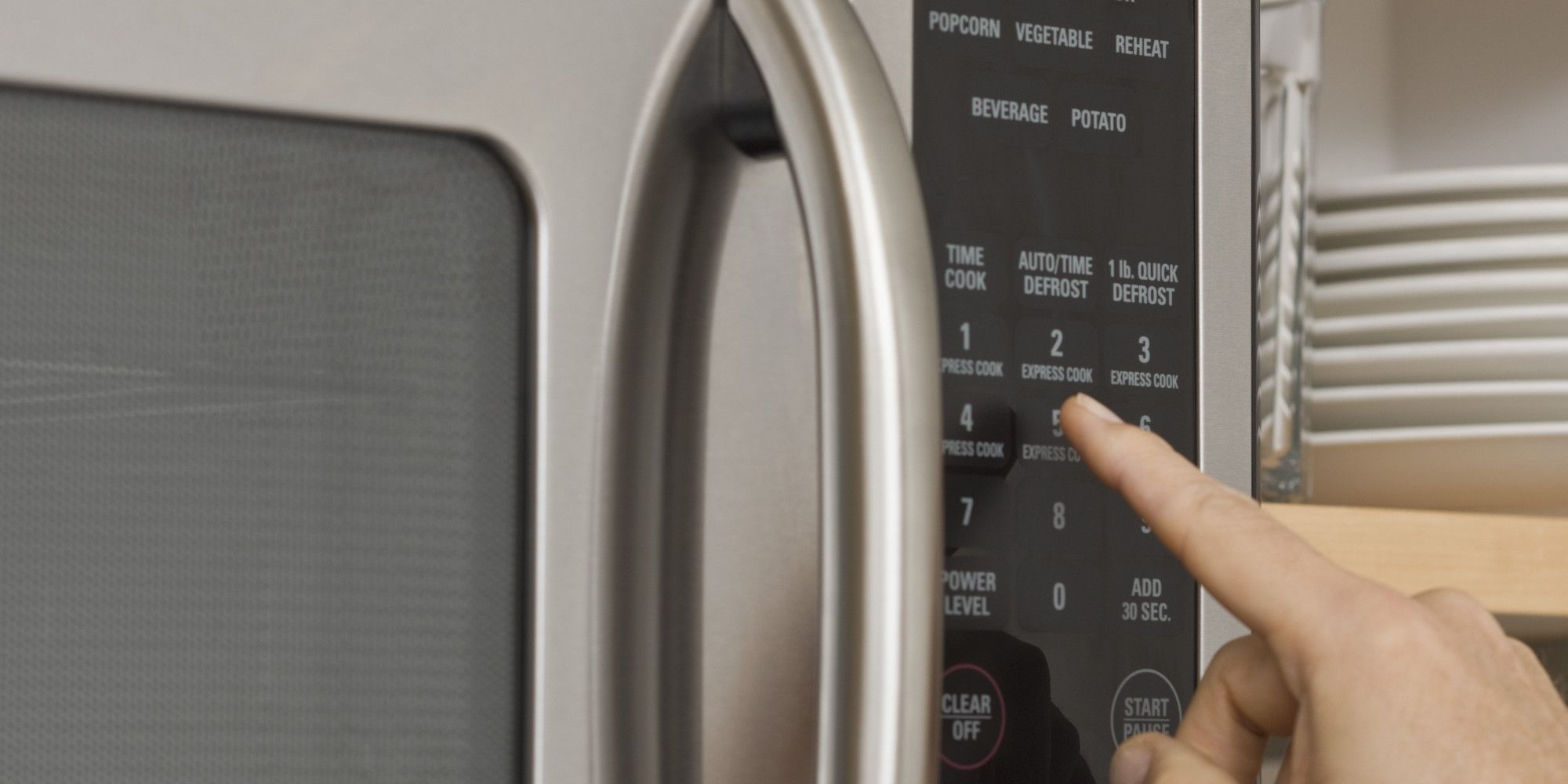
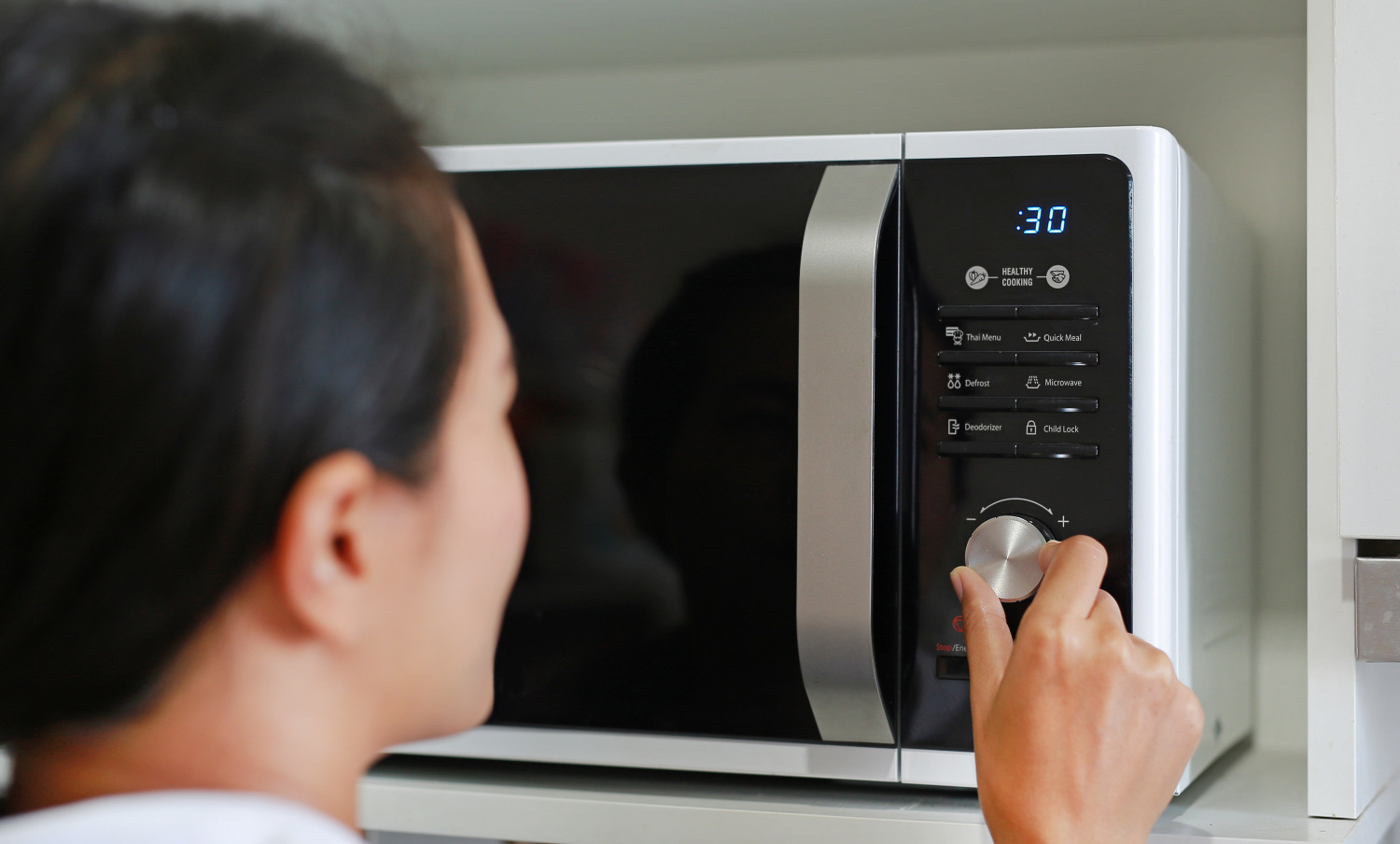
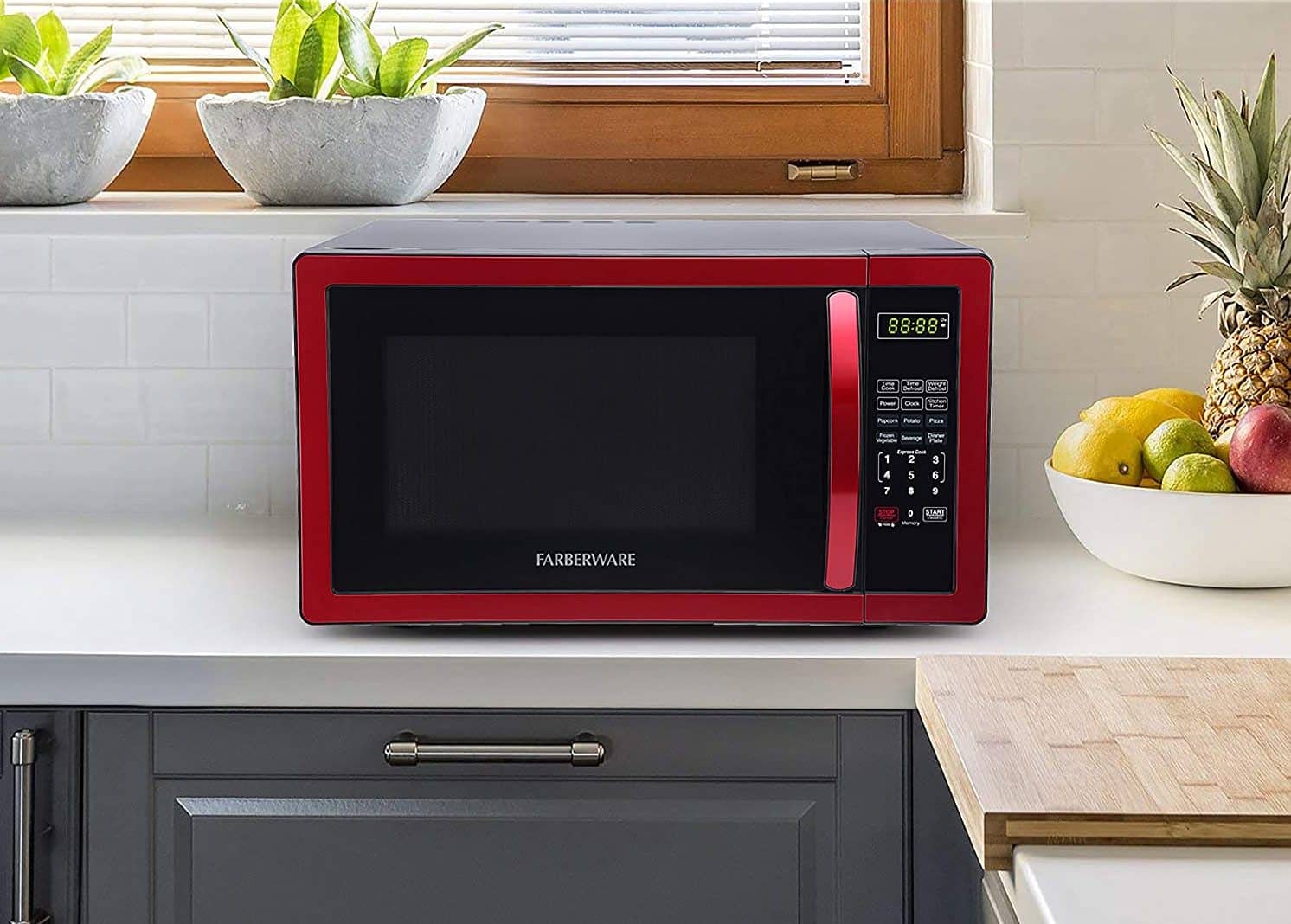
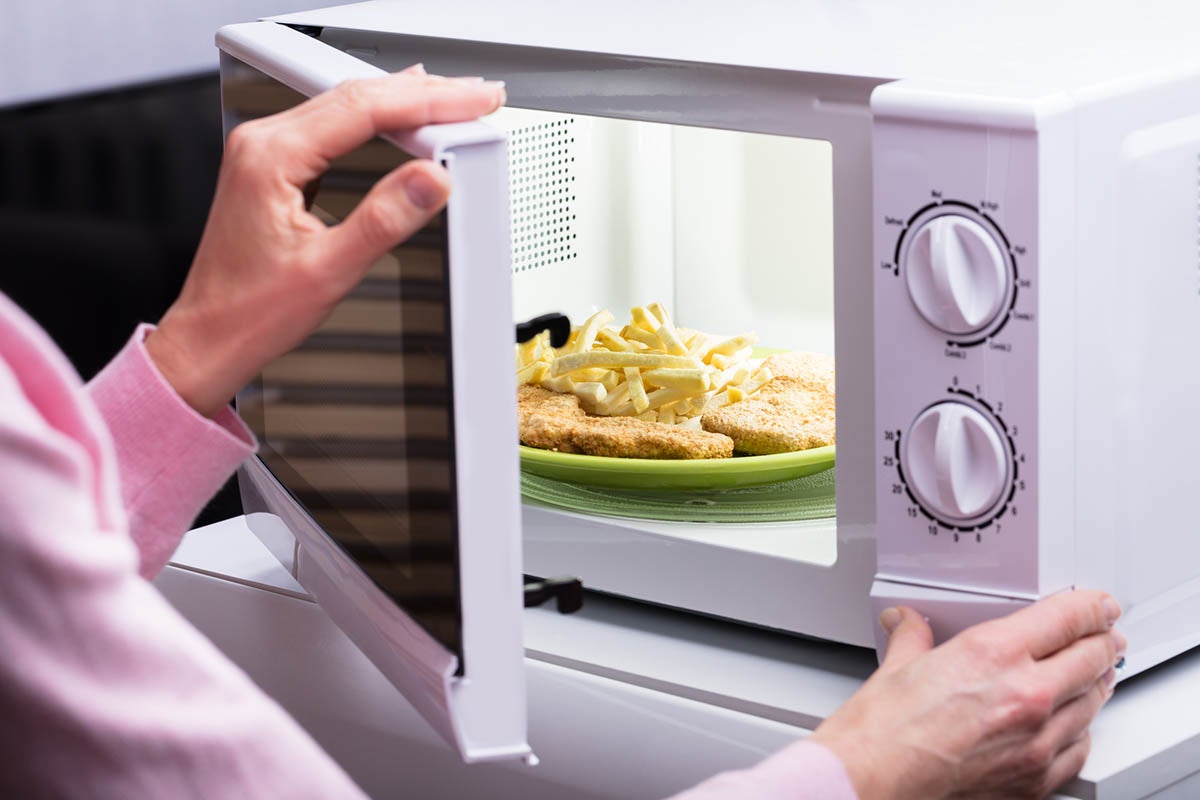
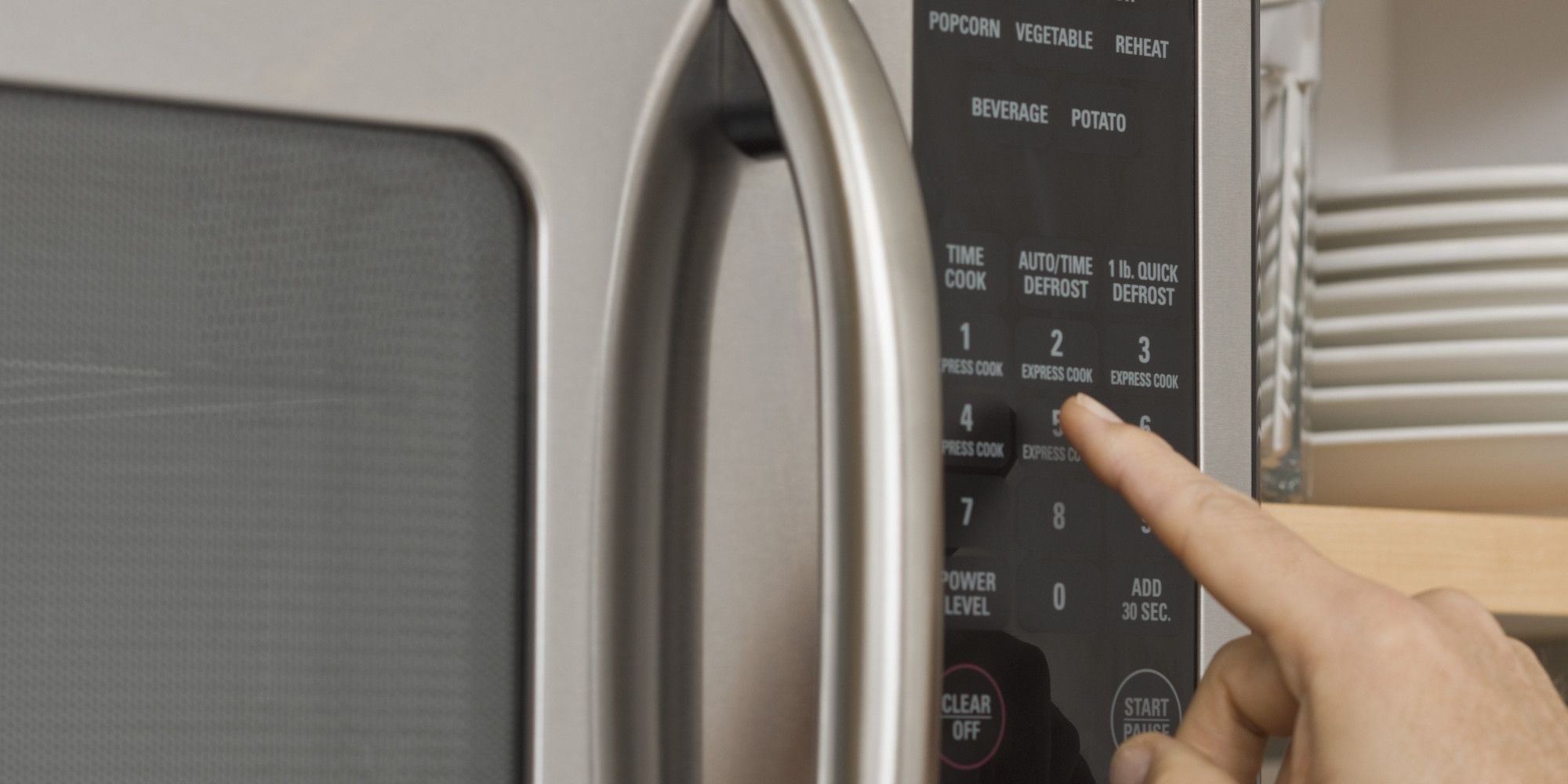
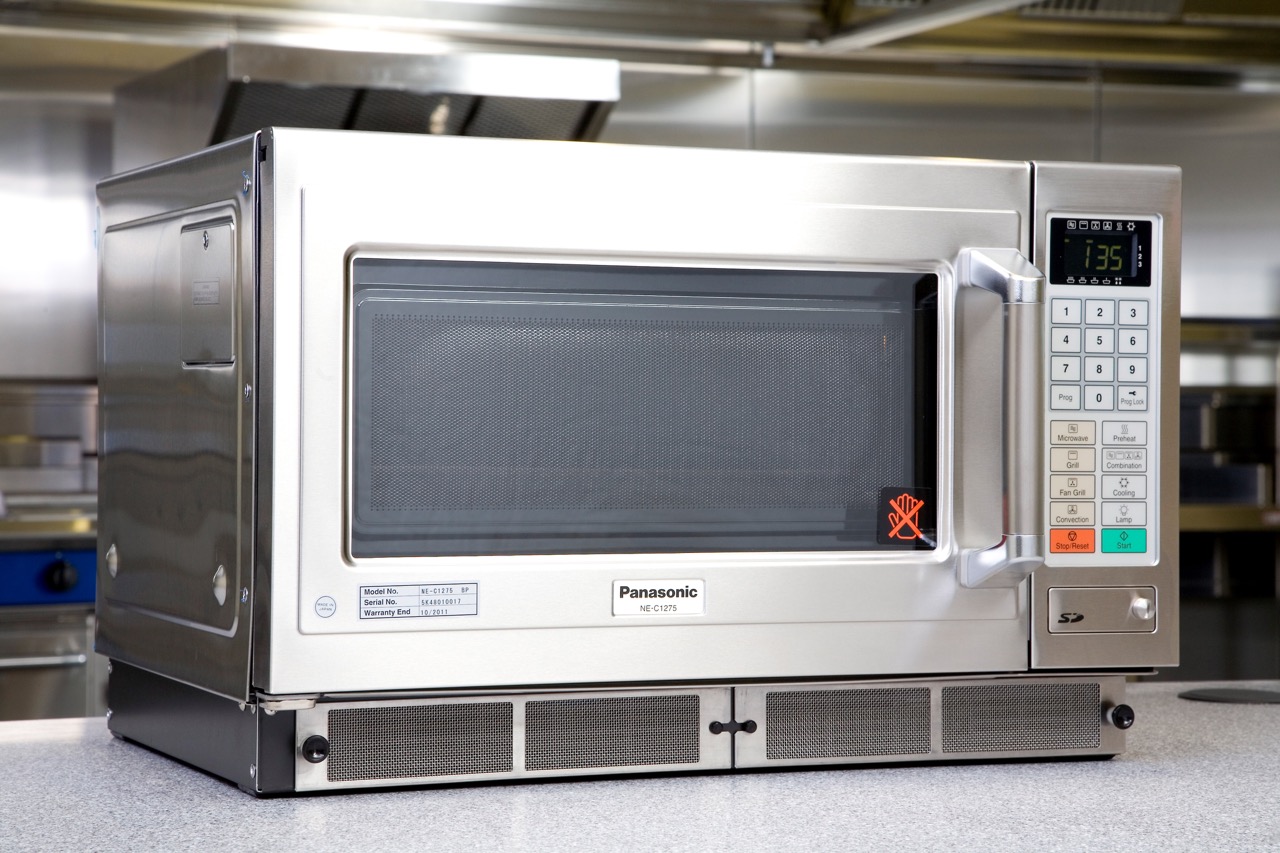
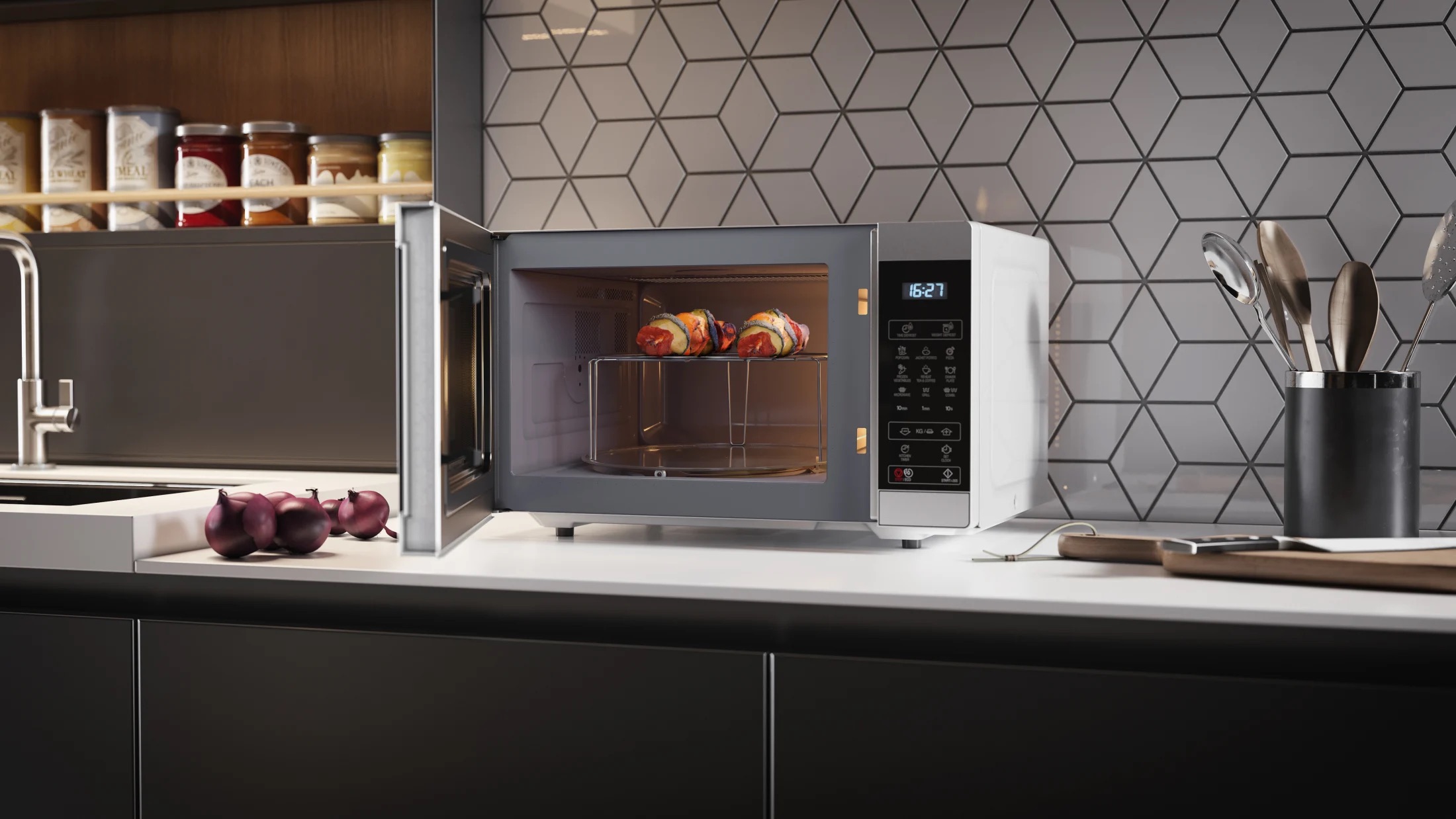
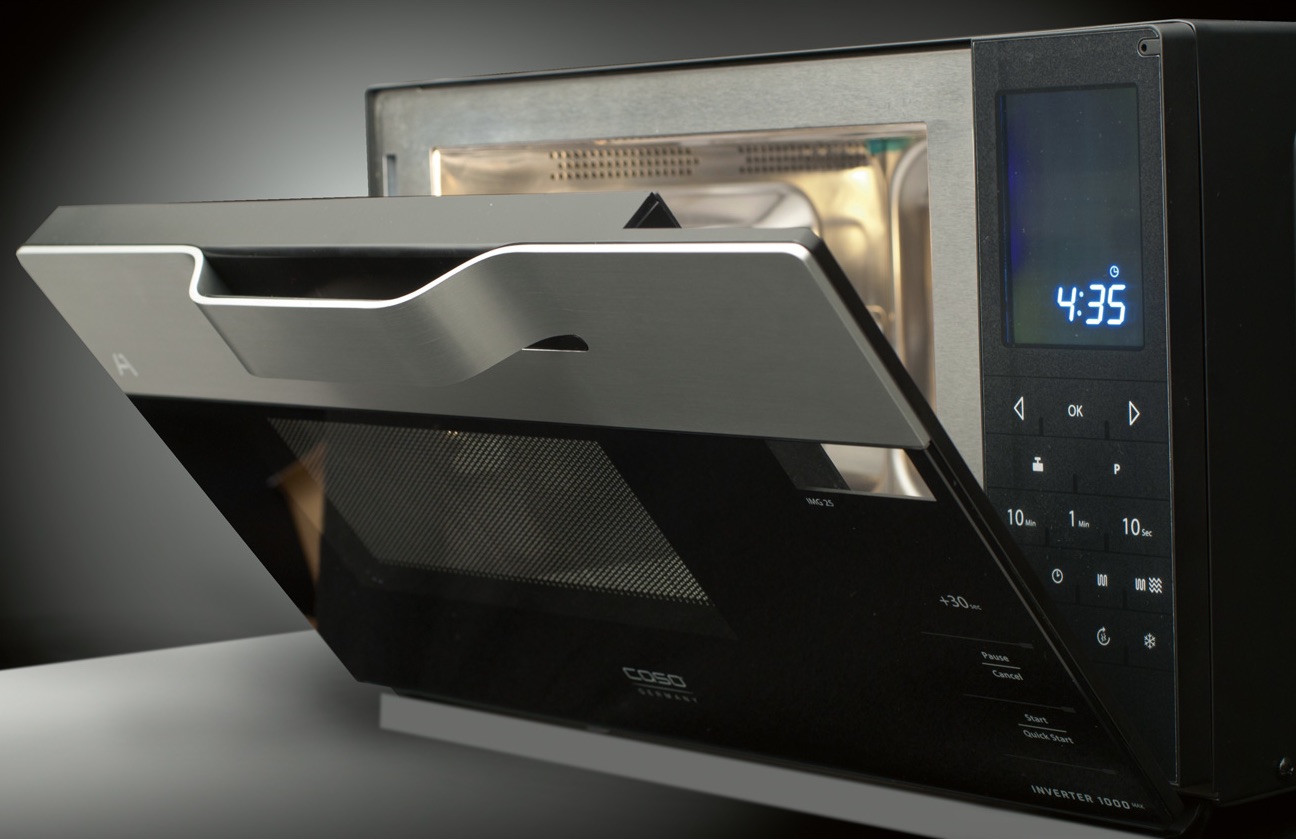
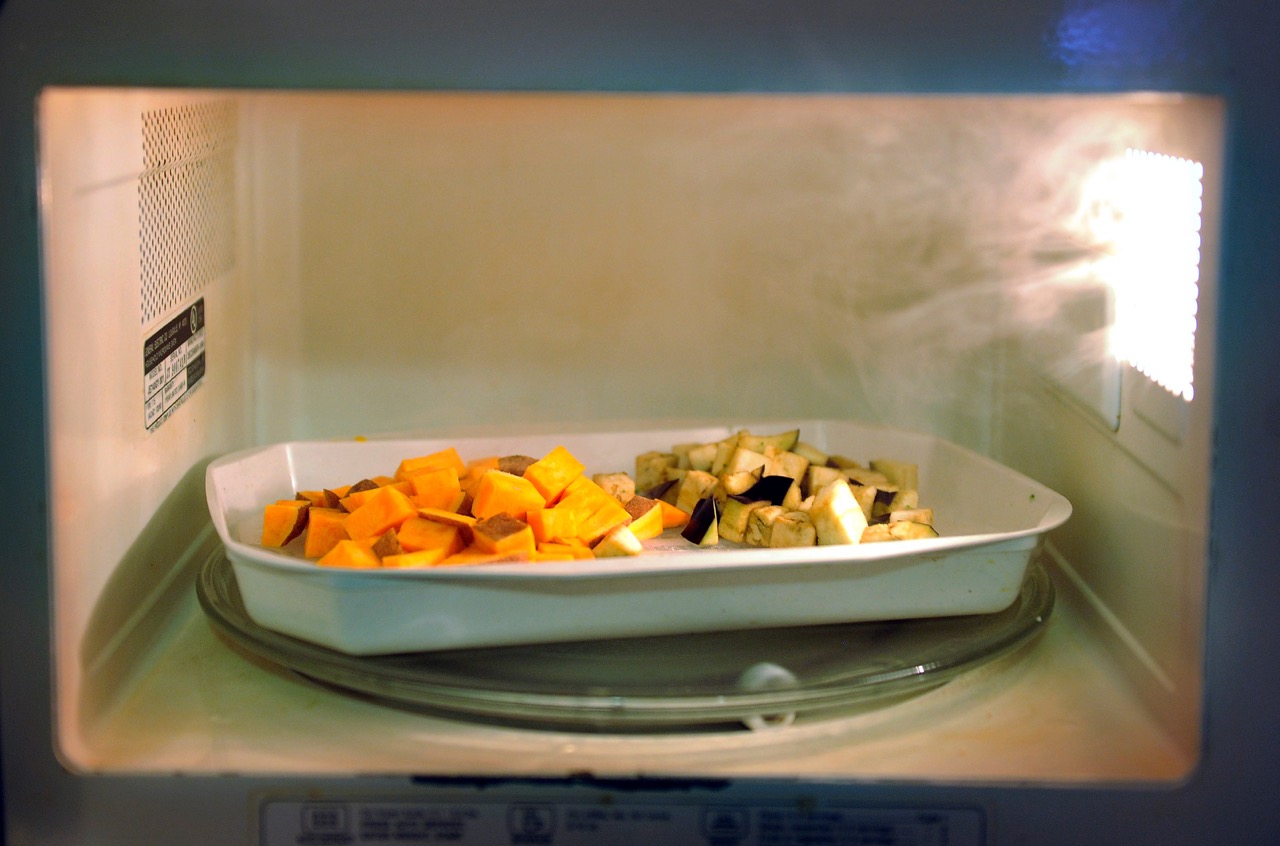
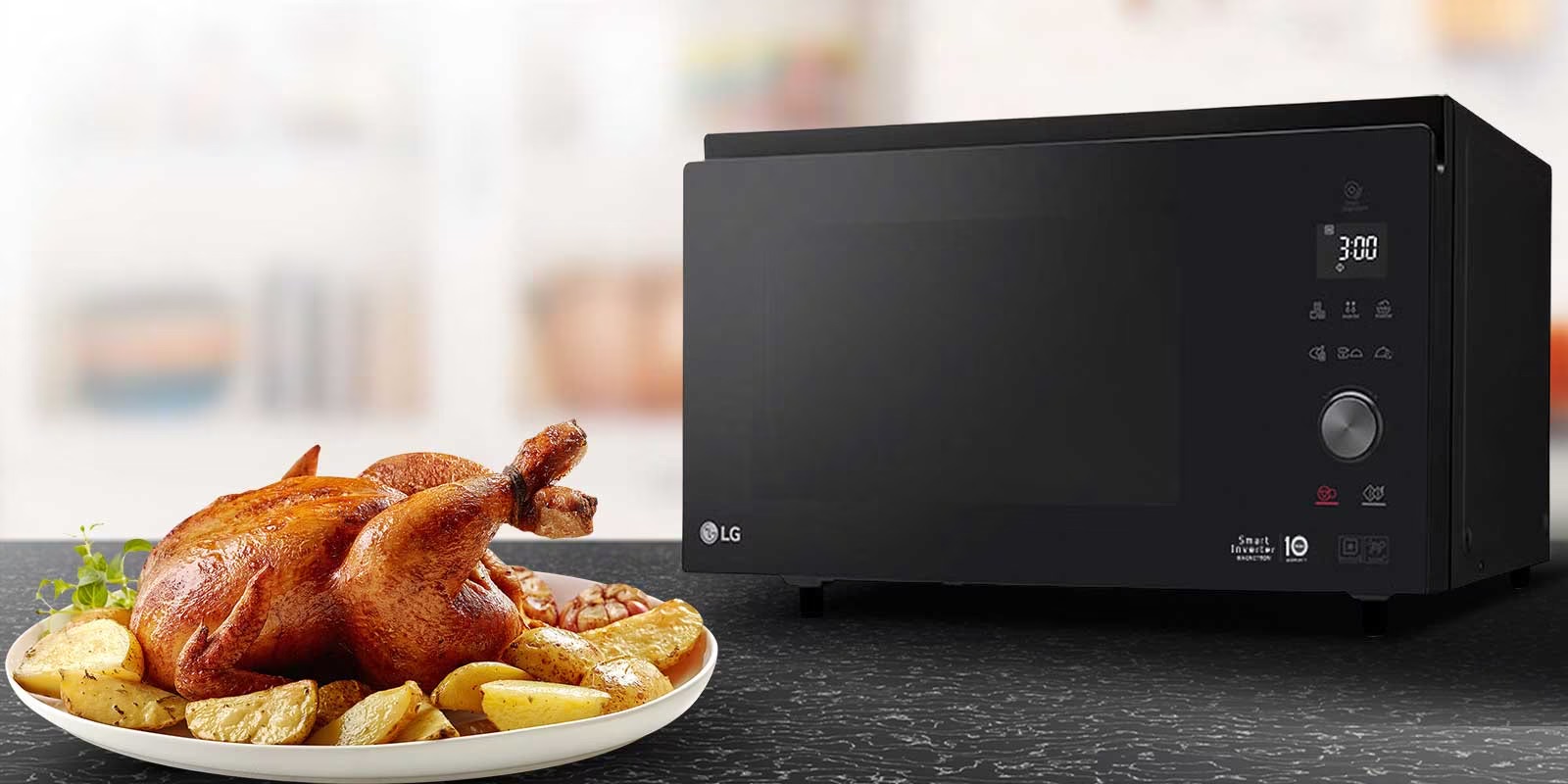
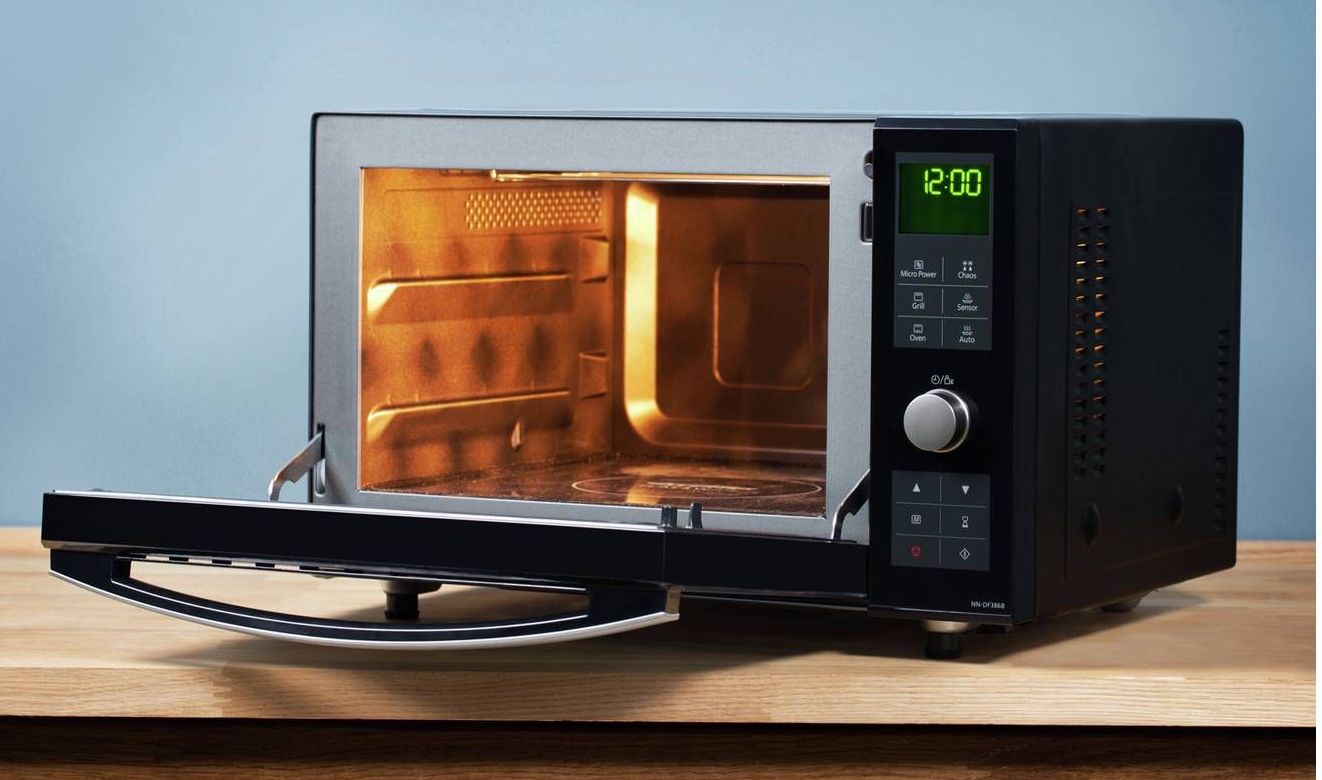
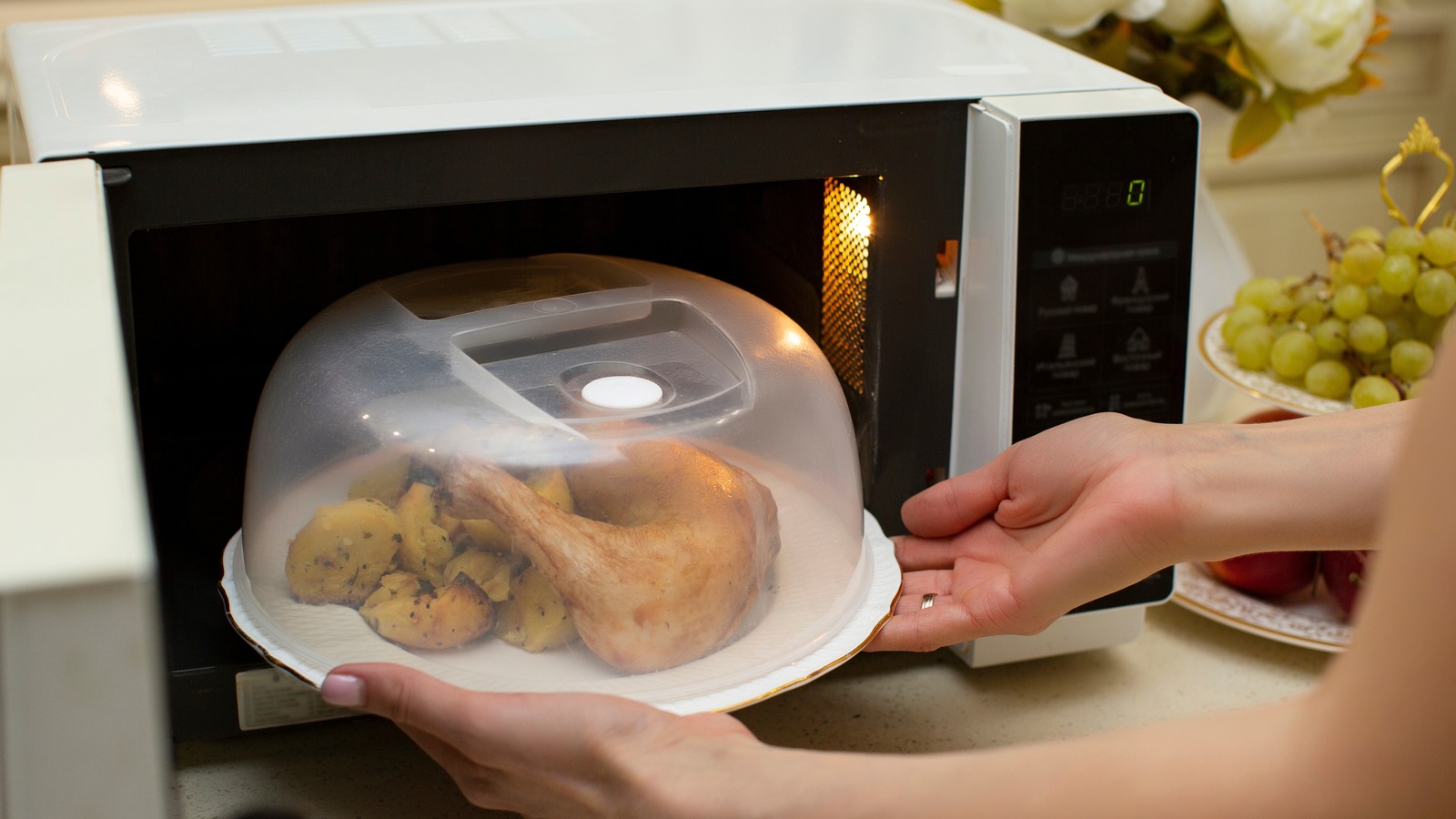
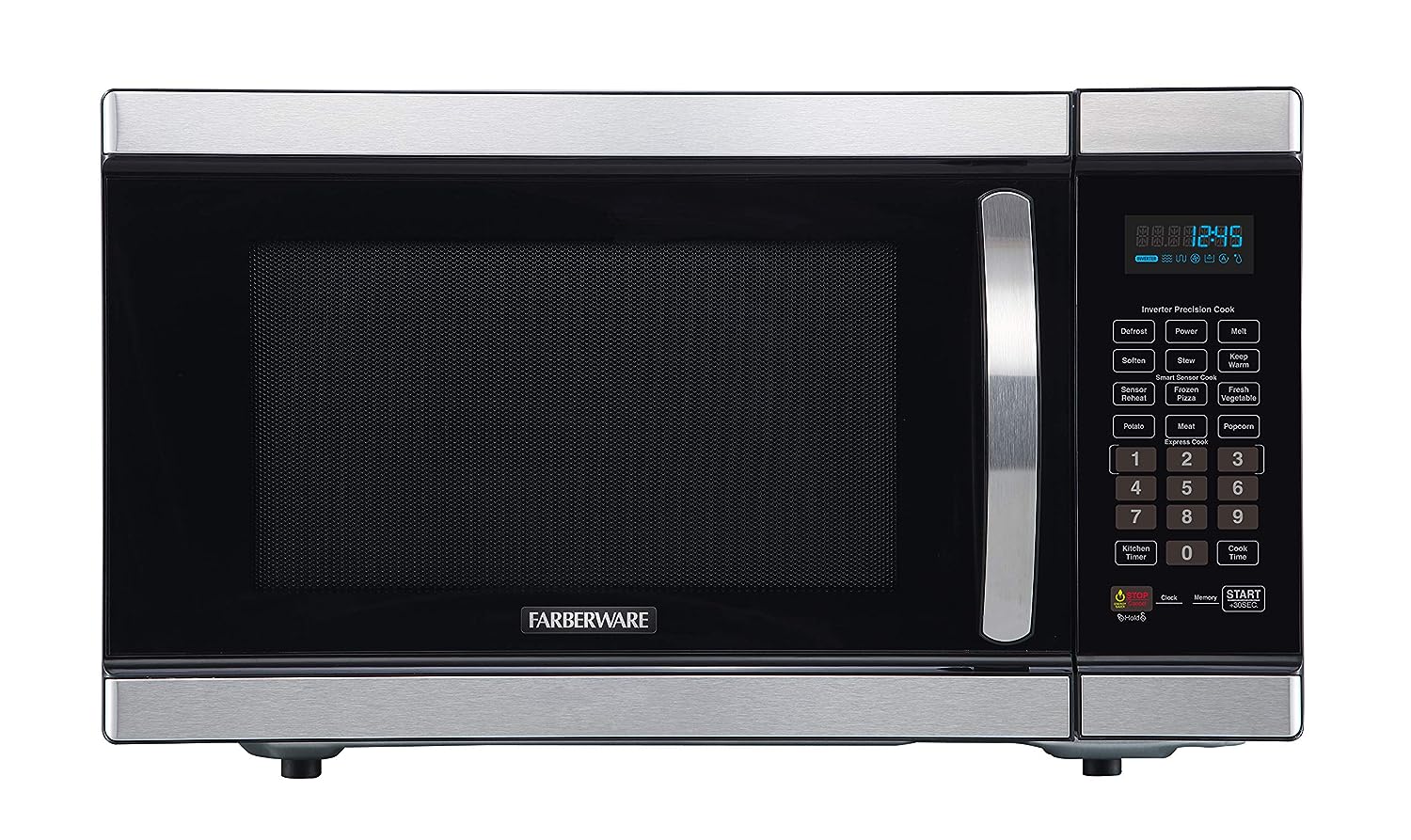

0 thoughts on “What Causes A Sealed Bag Of Vegetables To Expand When It Is Heated In An Apex Microwave Oven”